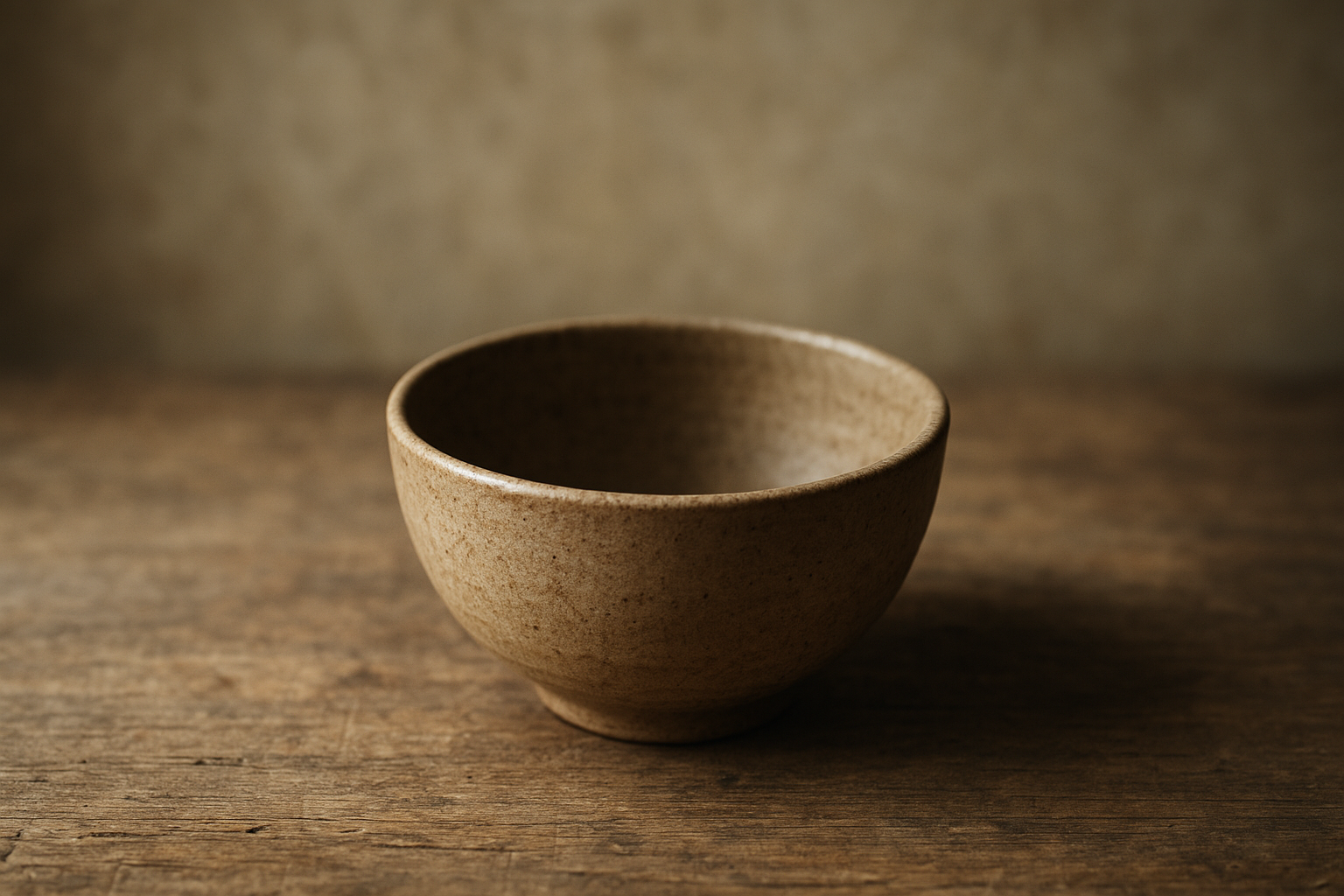In the heart of spiritual tradition lies a profound symbol of simplicity and humility: the pilgrim’s bowl. This unassuming vessel encapsulates not just the utility for sustenance but a deeper, metaphorical journey toward finding abundance in emptiness. Through its intriguing essence, the pilgrim’s bowl teaches us to embrace the voids in our lives, opening doors to immense spiritual and personal discovery.
Historical Glimpses: The Origin of the Pilgrim’s Bowl
The tale of the pilgrim’s bowl is woven through numerous spiritual paths. Notably, it finds its roots in the life of Buddhist monks, who carried theirs as a fundamental item. According to Gautama Buddha, “Just as a mighty river flows, all offerings made to the Sangha nourish the path to enlightenment.” The bowl was not merely a physical necessity but a representation of receiving wisdom, humility, and acceptance (source: BuddhaNet).
- Buddhist Significance: In Buddhist practice, the bowl is known as a pātṛa or alms bowl. It serves as an emblem of a monk’s vow of poverty, fostering the practice of Detachment.
- Hindu Tradition: Similarly, Hindu sadhus hold a kamandalu, a vessel symbolizing ascetic life, seeking spiritual abundance over material wealth.
- Christian Pilgrims: In Christian pilgrimages, a simple bowl often accompanies travelers as a symbol of faith and God’s provision.
Understanding Emptiness: A Philosophical Perspective
The concept of emptiness rings with suspicion and misunderstanding in modern culture, often seen as lack or void. According to Tibetan Buddhist teachings, however, emptiness is described as the essence of all things. The Dalai Lama once explained, “Form is emptiness, and emptiness is form,” illustrating how our perceptions are key in understanding true reality (source: The Dalai Lama’s Official Website).
The Deceptive Paradox
“In the beginner’s mind, there are many possibilities, in the expert’s mind there are few.” – Shunryu Suzuki
Emptiness, when embraced, isn’t about lack but rather a fertile void filled with potential. Imagine a barren land that under the right stewardship blooms into a lush field — this is the transformative power embedded within emptiness. The pilgrim’s bowl, then, becomes a symbolic receptacle for potential, waiting to be filled with enlightenment.
The Spiritual Insights of the Pilgrim’s Bowl
The mere act of carrying an empty bowl signifies relinquishing attachment — a profound spiritual exercise. It teaches:
- Acceptance: Emptiness is an integral part of all spiritual journeys. Accepting it as is, without vain attempts to fill it with distractions, paves the way to spiritual growth.
- Gratitude: The moment you receive sustenance in that bowl, it is a reminder of gratitude, appreciating every offering as a sacred gift.
- Patience: Abundance may not appear immediately, teaching the value of patience. The bowl is a lesson in waiting, trusting the universe to provide.
Lessons from the Pilgrimage
Pilgrimages are a metaphorical journey of introspection. Every pilgrim sets out to find something, though often not knowing what. The universal lesson of the pilgrim’s bowl reflects the ultimate truth — many come looking for answers only to realize it was the journey, the empty bowl itself, that had the ultimate lessons.
Modern Applications: Finding Our Own Bowl
In today’s material world, the concept of an empty bowl might seem counterintuitive, clashing with our society’s incessant pursuits of wealth, success, and possessions. However, implementing the philosophy of the pilgrim’s bowl into our lives can foster transformative change.
Minimalism and Simplified Living
Minimalism echoes the spirit of the pilgrim’s bowl by cultivating a lifestyle focused on conscious consumption, quality over quantity. An embrace of simplified living brings focus to what truly matters – the intrinsic rather than the extrinsic.
- Mindfulness: Embrace the power of now, realizing that life is made up of a series of sacred, present moments.
- Contentment: Appreciate what you have without yearning for excess. True contentment lies in recognizing the sufficiency of life’s offerings.
The Spiritual Wealth in Emptiness
Borrowing from the wisdom of spiritual journeys, contemporary life can find immense abundance in letting go of clutter — not just physically, but emotionally and mentally. This is echoed in Pema Chödrön’s advice, “When there’s a big disappointment, we don’t know if that’s the end of the story. It may be just the beginning of a great adventure” (source: Pema Chödrön Foundation).
Conclusion: Embracing the Unseen Path
Ultimately, the pilgrimage to abundance begins with an empty bowl — emblematic of a journey into the unknown where abundance lies beyond the seen and the immediate. As we strive to find fulfillment, remember the pilgrim’s bowl; let it be a constant reminder that within emptiness, there is a world of potential waiting to unfold, guiding us to find abundance in places we least expect.
Embrace the emptiness, for within it lies the true richness of life.
